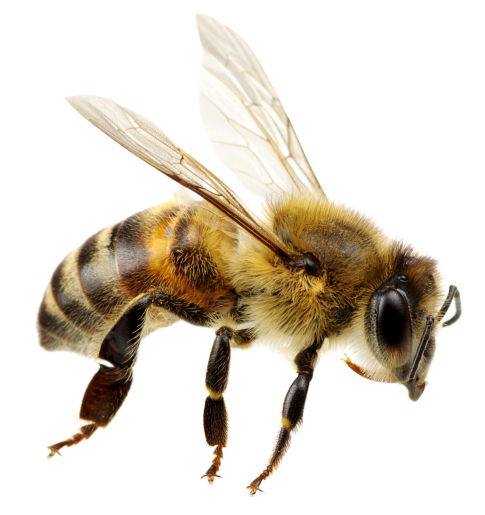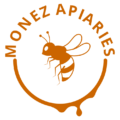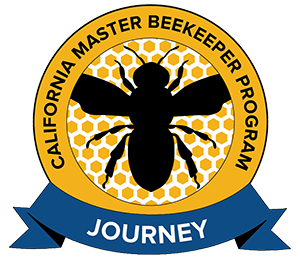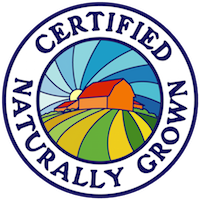Get In Touch

Frequently Asked Questions!
First, the USDA does not certify honey as organic. It never has. So anyone with honey that was farmed in the Untied States, and who is bearing the USDA Organic green and white logo has some heavy explaining to do.
As of September 2019, honey cannot be certified organic by the USDA and the USDA has in fact never certified honey. Any certified honey sold in the United States is imported from other countries and certified organic by that country, NOT the USA. A beekeeper in the United States can have non-certified organic honey that is raised organically, but it is very difficult to produce. Lastly, any bottle of honey that is bearing the USDA Certified Organic green and white label must have the country of origin in the same size font next to said logo. This is pursuant to the USDA Guidelines. Example, “USDA Certified Organic, Product of Israel”.
The Legal Issue
The USDA certifies organic foods, but never adopted (as of 2019) standards to certify honey as organic. Organic isn’t an adjective or a sign for natural food, it is a certification given by the Federal Government. A certification with some very strict guidelines. Because the USDA has no standard for organic honey, no beekeeper can legally label or tell consumers their honey is certified organic. The closest thing we have in the United States to certified organic honey is Certified Naturally Grown. A reasonable and respectable goal for some beekeepers, but unfortunately, not all beekeepers.
The Moral Issue
Bees forage two to three miles in every direction from the hive and possibly up to five miles from the hive for pollen and nectar (known as the surveillance zone). An area just over 78 square miles of potential forage for one hive (78 is not exact if you’re a calculus wizard because the zone is measured as a radius). Even if the bees foraged for three miles, that would be approx. 28 square miles. In the approximate 28-78 square mile zone, all of the plants must be free of fungicides, pesticides, synthetic fertilizers and not be genetically modified (GMO). These four requirements alone make organically produced honey practically impossible for any US based beekeeper. So, unless the beekeeper is located out in the middle of nowhere in some place like Nebraska, where’s there very little sign of life, there’s no way the beekeeper can make that claim legitimately. Therefore, any United States beekeeper labeling their honey as certified organic is just not being honest. If you’re still wanting more information on USDA Certified Organic, please visit the USDA’s website. All of the aforementioned information is located on the USDA’s site and the National Honey Board.
The Bottom Line
We are proud to say we are Certified Naturally Grown by CNG! Although we cannot control what our neighboring farmers utilize as far as pesticides, fungicides, and fertilizers are concerned… We can control what we utilize. We turn to essential oils when our bees get sick or need an immune boost, and we never allow pesticides on or around our hives! This is the very fundamental foundation of the Monez Apiary Promise. So please, look closely at labels, and the claims a honey farmer is making.
We are located in the heart of the California Central Valley, USA. Today, the CA Central Valley grows almonds, cotton, grapes, olives, potatoes, stone fruit, Asian vegetables, other nuts, citrus, and berries, rice, beans, row crops, fruits, cattle, corn, grapes and HONEY.
The California Central Valley feeds the United States and the world according to statistics produced in March of 2019. At Monez Apiaries, we believe that California produces some of the best honey in the world because California is such an agriculturally diverse state. Farming is what we do – and most people don’t know that honey bees are considered livestock under the United States Department of Agriculture Code. Great Agriculture equals great honey!
The California Master Beekeeper Program (CAMBP) was established in 2016 in response to the ever-increasing numbers of California beekeepers. The program uses science based information to educate stewards and ambassadors for honey bees and beekeeping. This is where Mrs. Monez was educated about honey bees, and where she is still attends today to stay current on information and science involving honey bees.
The UC Davis E. L. Niño Laboratory, Department of Entomology and Nematology, and the Harry H. Laidlaw Jr. Honey Bee Research Facility are considered to be top facilities in the country. UC Davis is also one of the world’s leading cross-disciplinary research and teaching institutions in agriculture, thereby making it the perfect platform for the California Master Beekeeper Program and a primary authority for California Beekeepers struggling with CCD (Colony Collapse Disorder) and other maladies of beehives.
Monez Apiaries considers UC Davis an invaluable resource to the honey bee population and honey bee preservation.
There are over 300 different varieties of honey with flavor, color and smell, depending on the sources of plant the honey bees visit.
No. We are often asked for honeycomb honey. The problem lies with the honey bees. Making the comb is the most taxing job for a honey bee, and we have an epidemic with colonies collapsing at above average rates. It is because of this that we will not pull our honeycomb from our hives and sell it. We leave it for the bees to take some of the stress off of them.
A typical hive will produce an average of about 60 to100 pounds of honey in a year. This can vary greatly by region. Some of our hives produce 120 pounds of honey during a harvest season. Those are a real blessing.


